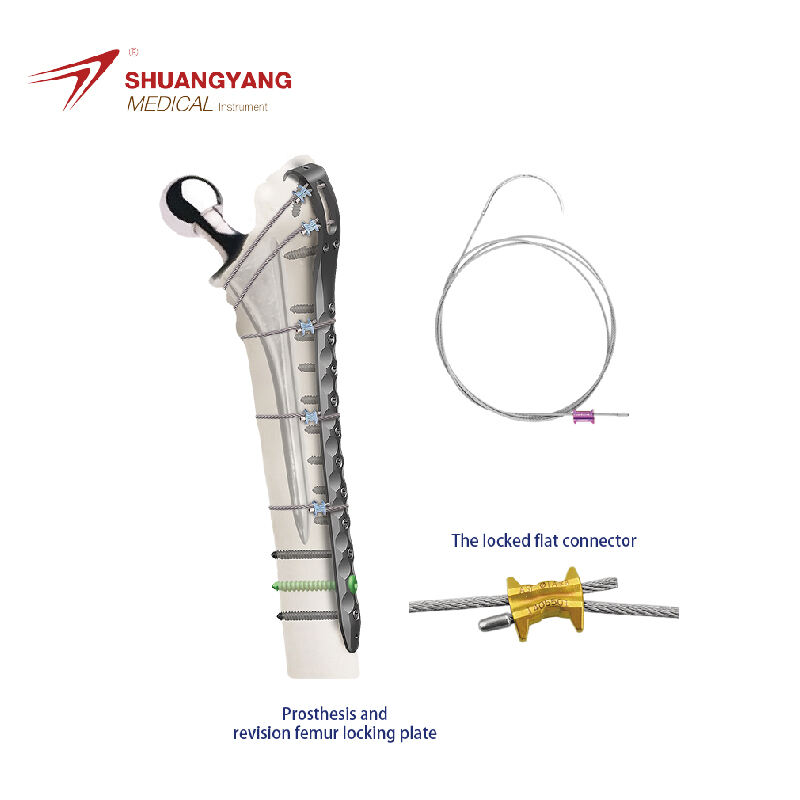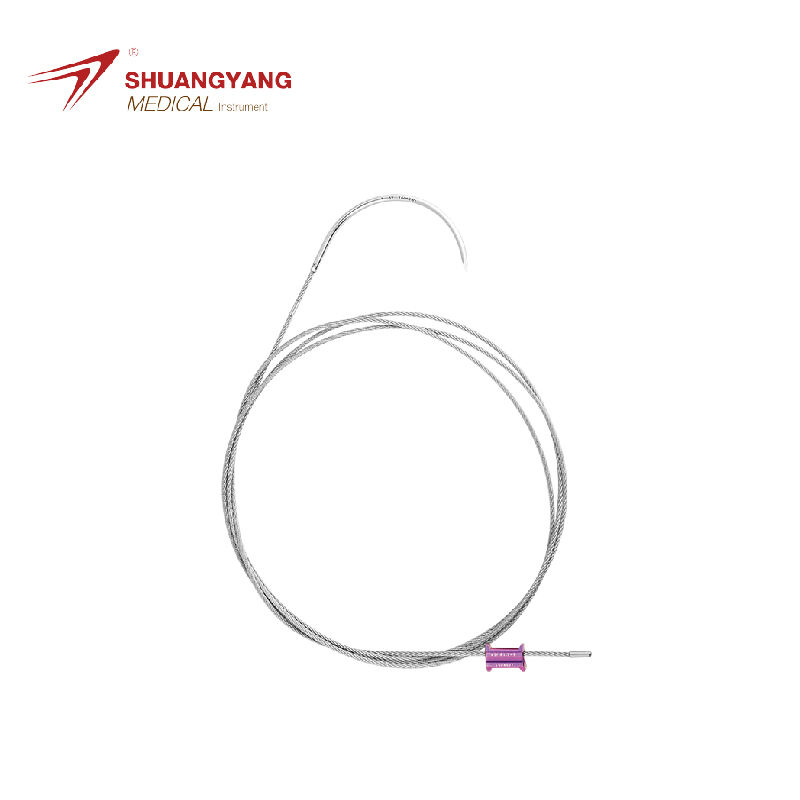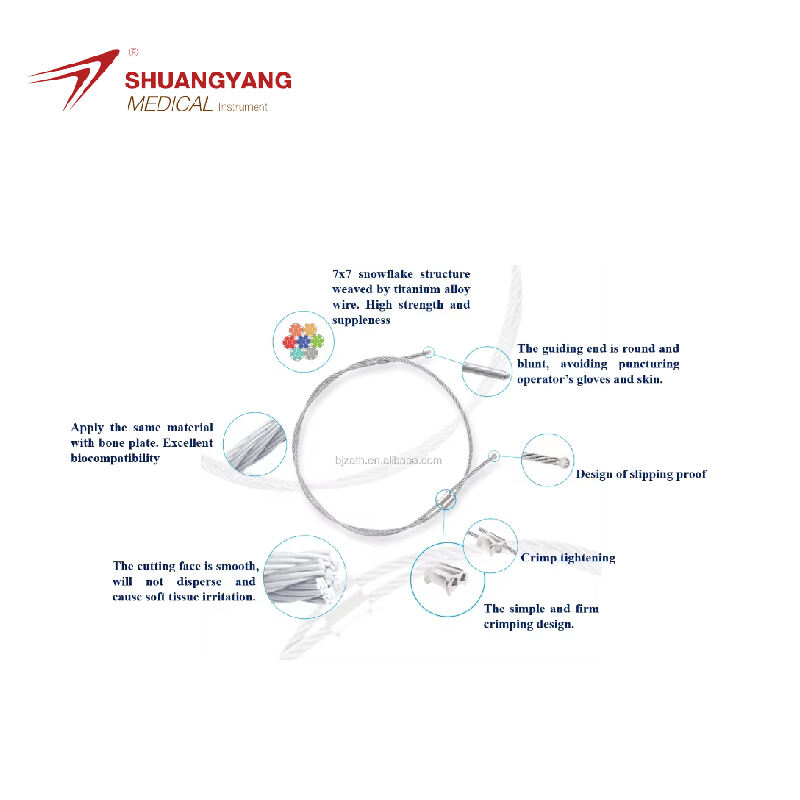intramedullary femur
The intramedullary femur is a critical component within the realm of orthopedic surgery, designed to provide internal fixation for fractures of the femur. Essentially a long, slender rod, it is inserted into the medullary cavity of the bone. Its main functions include stabilizing the bone, allowing for the alignment of fractures, and enabling early weight-bearing, which is vital for recovery. Technological features of the intramedullary femur include its precision-machined structure for optimal fit, biocompatible materials to reduce the risk of infection or rejection, and designs that cater to varied anatomies. Applications range from the treatment of simple fractures to complex trauma cases, significantly improving patient outcomes and recovery times.


